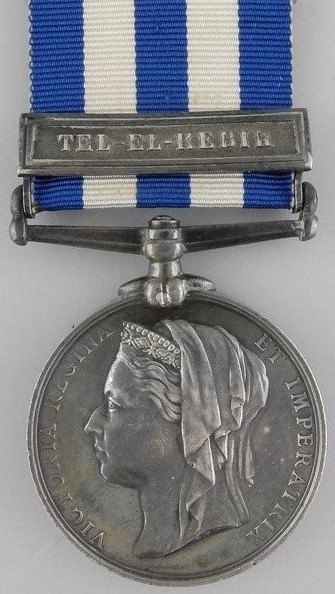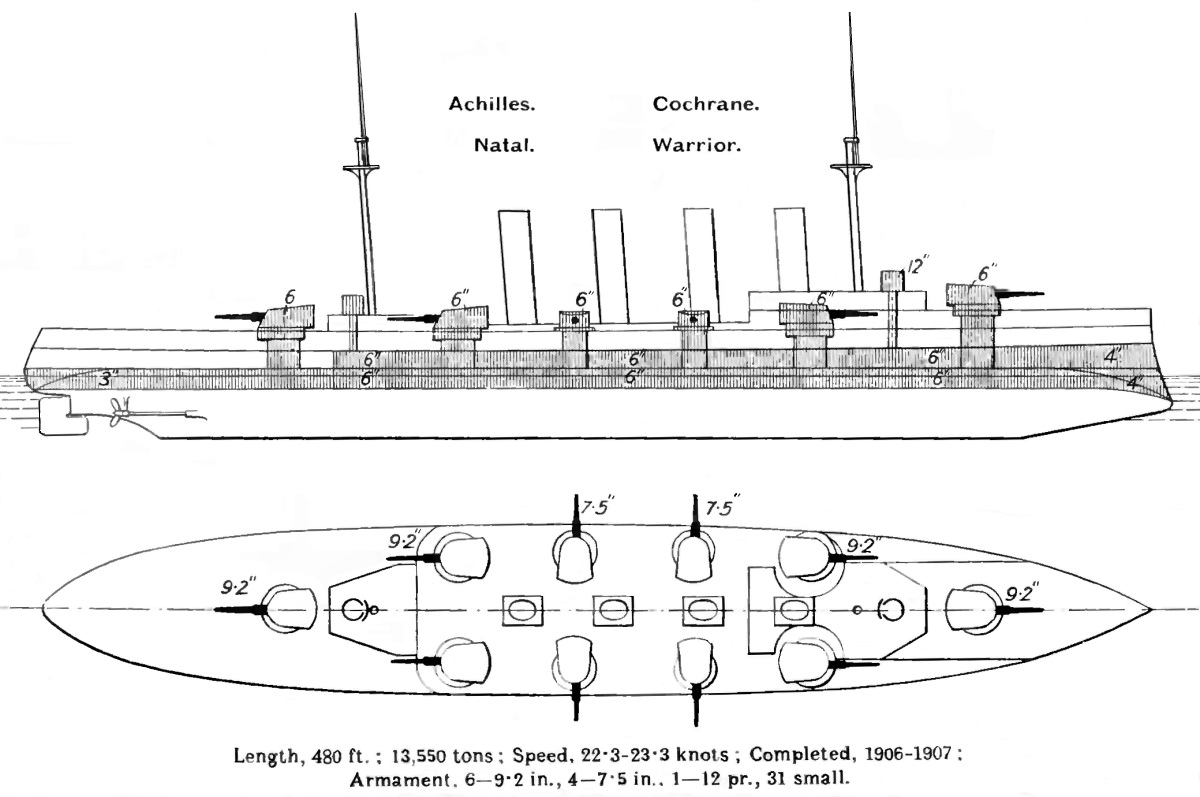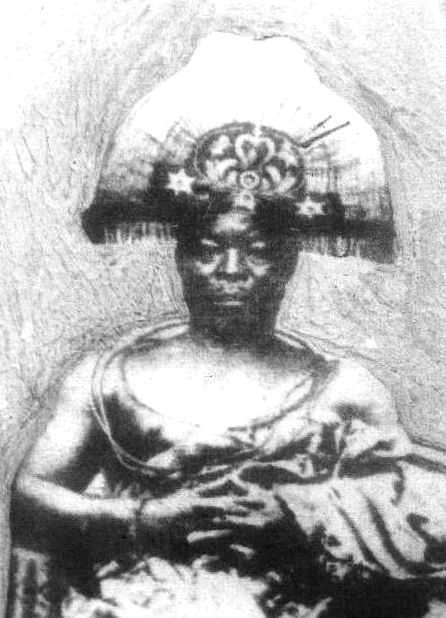|
Stuart Nicholson (Royal Navy Officer)
Stuart Nicholson (October 11, 1865 – September 10, 1936) was an officer of the Royal Navy who achieved the rank of admiral. He was involved in many international campaigns during his naval service from 1878 through 1920. From 1903-1905 he was Assistant-Director of the Naval Intelligence Department. In 1911-1912 he served as Chief of Staff to Admiral Sir Edmund Poë, Commander-in-Chief of the Mediterranean Fleet. During World War I he was a rear admiral in the Home Fleet and commanded the 6th Battle Squadron. The recipient of several medals and honors, he was named a Member of the Royal Victorian Order by King Edward VII in 1908. Career A graduate of the Royal Naval School, Nicholson began his career in the Royal Navy in 1878. For his service during the Anglo-Egyptian War of 1882 he was awarded the Egypt Medal and the Khedive's Star. He achieved the rank of Lieutenant on April 11, 1885. In 1888 he became the commander of a TB.29 class torpedo boat. During the Benin Expedition ... [...More Info...] [...Related Items...] OR: [Wikipedia] [Google] [Baidu] |
Royal Navy
The Royal Navy (RN) is the United Kingdom's naval warfare force. Although warships were used by English and Scottish kings from the early medieval period, the first major maritime engagements were fought in the Hundred Years' War against France. The modern Royal Navy traces its origins to the early 16th century; the oldest of the UK's armed services, it is consequently known as the Senior Service. From the middle decades of the 17th century, and through the 18th century, the Royal Navy vied with the Dutch Navy and later with the French Navy for maritime supremacy. From the mid 18th century, it was the world's most powerful navy until the Second World War. The Royal Navy played a key part in establishing and defending the British Empire, and four Imperial fortress colonies and a string of imperial bases and coaling stations secured the Royal Navy's ability to assert naval superiority globally. Owing to this historical prominence, it is common, even among non-Britons, ... [...More Info...] [...Related Items...] OR: [Wikipedia] [Google] [Baidu] |
Egypt Medal
The Egypt Medal (1882–1889) was awarded for the military actions involving the British Army and Royal Navy during the 1882 Anglo-Egyptian War and in the Sudan between 1884 and 1889. Resentment at increasing British and other European involvement in Egypt since the opening of the Suez Canal in 1869 triggered an Egyptian army mutiny that threatened the authority of the British-backed Khedive of Egypt, Tewfik Pasha. The British military intervention was in response, to protect British interests. Once in Egypt, the British became involved in the conflicts in the Sudan, which Egypt had occupied since the 1820s. All recipients of the Egypt Medal were also eligible for one of the four versions of the Khedive's Star. Description The medal had the following design: *Circular, in silver and in diameter. *Obverse: the veiled head of Queen Victoria with the Latin legend "VICTORIA REGINA ET IMPERATRIX". ('Victoria, Queen and Empress'). *Reverse: the Sphinx on a pedestal with the word ... [...More Info...] [...Related Items...] OR: [Wikipedia] [Google] [Baidu] |
1936 Deaths
Events January–February * January 20 – George V of the United Kingdom and the British Dominions and Emperor of India, dies at his Sandringham Estate. The Prince of Wales succeeds to the throne of the United Kingdom as King Edward VIII. * January 28 – Britain's King George V state funeral takes place in London and Windsor. He is buried at St George's Chapel, Windsor Castle * February 4 – Radium E (bismuth-210) becomes the first radioactive element to be made synthetically. * February 6 – The IV Olympic Winter Games open in Garmisch-Partenkirchen, Germany. * February 10– 19 – Second Italo-Ethiopian War: Battle of Amba Aradam – Italian forces gain a decisive tactical victory, effectively neutralizing the army of the Ethiopian Empire. * February 16 – 1936 Spanish general election: The left-wing Popular Front coalition takes a majority. * February 26 – February 26 Incident (二・二六事件, ''Niniroku Jiken''): The Impe ... [...More Info...] [...Related Items...] OR: [Wikipedia] [Google] [Baidu] |
1865 Births
Events January–March * January 4 – The New York Stock Exchange opens its first permanent headquarters at 10-12 Broad near Wall Street, in New York City. * January 13 – American Civil War : Second Battle of Fort Fisher: United States forces launch a major amphibious assault against the last seaport held by the Confederates, Fort Fisher, North Carolina. * January 15 – American Civil War: United States forces capture Fort Fisher. * January 31 ** The Thirteenth Amendment to the United States Constitution (conditional prohibition of slavery and involuntary servitude) passes narrowly, in the House of Representatives. ** American Civil War: Confederate General Robert E. Lee becomes general-in-chief. * February ** American Civil War: Columbia, South Carolina burns, as Confederate forces flee from advancing Union forces. * February 3 – American Civil War : Hampton Roads Conference: Union and Confederate leaders discuss peace terms. * Feb ... [...More Info...] [...Related Items...] OR: [Wikipedia] [Google] [Baidu] |
HMS Natal
HMS ''Natal'' was a armoured cruiser built for the Royal Navy in the first decade of the 20th century. She escorted the royal yacht in 1911–1912 for the newly crowned King George V's trip to India to attend the Delhi Durbar. During World War I the ship was assigned to the 2nd Cruiser Squadron of the Grand Fleet, but did not participate in any battles. ''Natal'' was sunk by an internal explosion near Cromarty on 30 December 1915 with the loss of at least 390 crewmen and civilians. Most of her wreck was slowly salvaged over the decades until the remnants were demolished in the 1970s so they were no longer a hazard to navigation. The remains of her wreck are designated as a controlled site under the Protection of Military Remains Act 1986 as a war grave. Description ''Natal'' displaced as built and fully loaded. The ship had an overall length of , a beam of and a draught of . She was powered by four-cylinder triple-expansion steam engines, driving two shafts, which d ... [...More Info...] [...Related Items...] OR: [Wikipedia] [Google] [Baidu] |
HMS Dido (1896)
HMS ''Dido'' was an protected cruiser built for the Royal Navy in the mid-1890s. Design Eclipse-class second-class protected cruisers were preceded by the shorter Astraea-class cruisers. ''Dido'' had a displacement of when at normal load. It had a total length of , a beam of , a metacentric height of around , and a draught of . It was powered by two inverted triple-expansion steam engines which used steam from eight cylindrical boilers. Using normal draught, the boilers were intended to provide the engines with enough steam to generate and to reach a speed of ; using forced draft, the equivalent figures were and a speed of . Eclipse-class cruisers carried a maximum of of coal and achieved maximum speed of in sea trials. It carried five 40- calibre quick-firing (QF) guns in single mounts protected by gun shields. One gun was mounted on the forecastle, two on the quarterdeck and one pair was abreast the bridge. They fired shells at a muzzle velocity of . The sec ... [...More Info...] [...Related Items...] OR: [Wikipedia] [Google] [Baidu] |
Captain (Royal Navy)
Captain (Capt) is a senior officer rank of the Royal Navy. It ranks above commander and below commodore and has a NATO ranking code of OF-5. The rank is equivalent to a colonel in the British Army and Royal Marines, and to a group captain in the Royal Air Force. There are similarly named equivalent ranks in the navies of many other countries. Seagoing captains In the Royal Navy, the officer in command of any warship of the rank of commander and below is informally referred to as "the captain" on board, even though holding a junior rank, but formally is titled "the commanding officer" (or CO). In former times, up until the nineteenth century, Royal Navy officers who were captains by rank and in command of a naval vessel were referred to as post-captains; this practice is now defunct. A Captain (D) or Captain Destroyers afloat was an operational commander responsible for the command of destroyer flotilla or squadron, for a decade plus after the Second World War. The title ... [...More Info...] [...Related Items...] OR: [Wikipedia] [Google] [Baidu] |
Commander (Royal Navy)
Commander (Cdr) is a senior officer rank of the Royal Navy of the United Kingdom. It is immediately junior to captain and immediately senior to the rank of lieutenant commander. Officers holding the junior rank of lieutenant commander are not considered to be commanders. History The title (originally 'master and commander') originated in around 1670 to describe Royal Navy officers who commanded ships of war too large to be commanded by a lieutenant, but too small to warrant the assignment of a post-captain, or (before about 1770) a sailing-master who was in charge of a ship's navigation. These ships were usually unrated sloops-of-war of no more than 20 guns, fireships, hospital ships and store ships. The commanding officer of this type of ship was responsible for both sailing and fighting the ship and was thus its 'master and commander'. Before 1750, the rank was broadly considered as the limit of advancement for those without patronage, especially those who had been ... [...More Info...] [...Related Items...] OR: [Wikipedia] [Google] [Baidu] |
HMS St George (1892)
HMS ''St George'' was a first class cruiser of the . She was launched on 23 June 1892. Service history ''St George'' took part in the 40-minute-long Anglo-Zanzibar War in 1896. The obsolete armed yacht of Zanzibar fired upon a British flotilla led by ''St George'', also comprising , , and . The response sank ''Glasgow'' with a hole below the waterline. With a Union Jack flying over the sinking yacht in surrender, the flotilla launched lifeboats to rescue the crew of ''Glasgow'' which would lie at the bottom of Zanzibar Town Harbour until 1912. She served in the Channel Fleet. In 1901, she was one of two escort ships for the royal yacht , which carried the Duke and Duchess of Cornwall and York (later King George V and Queen Mary) during their tour of the British Empire. Following the end of this tour, the captain of ''Ophir'', Commodore Alfred Winsloe, reverted to his position as Commodore commanding the Cruiser squadron, and was in late 1901 posted to ''St George'', ... [...More Info...] [...Related Items...] OR: [Wikipedia] [Google] [Baidu] |
Benin Expedition Of 1897
The Benin Expedition of 1897 was a punitive expedition by a British force of 1,200 men under Sir Harry Rawson in response to the ambush of a previous British party under Acting Consul General James Phillips, of the Niger Coast Protectorate. Rawson's troops captured and sacked Benin City, bringing to an end the Kingdom of Benin, which was eventually absorbed into colonial Nigeria. Background At the end of the 19th century, the Kingdom of Benin had managed to retain its independence during the Scramble for Africa, and the Oba of Benin exercised a monopoly over trade in Benin's territories which the Royal Niger Company considered a threat. In 1892, Deputy Commissioner and Vice-Consul Captain Henry Lionel Galway (1859–1949) tried to negotiate a trade agreement with Oba Ovọnramwẹn Nọgbaisi (1888–1914) to allow for the free passage of goods through his territory and the development of the palm oil industry. Captain Gallwey (as his name was then spelled) would push for ... [...More Info...] [...Related Items...] OR: [Wikipedia] [Google] [Baidu] |
List Of Torpedo Boat Classes Of The Royal Navy
This is a list of torpedo boat classes of the Royal Navy of the United Kingdom, organised chronologically by entry into service. This article's coverage is restricted to the steam-powered torpedo boats built for or acquired by the British Navy between 1876 (the date on which the Admiralty ordered the first torpedo boat to carry the self-propelled Whitehead torpedo) and 1905; the final batch of 36 steam-turbine-powered torpedo boats from 1906 to 1908 were originally rated as coastal destroyers and will be found under Cricket-class destroyers, while later torpedo boats introduced during World War 1, powered by internal combustion engines, will be found under Motor Torpedo Boats. Torpedo boats Ever since the first use of spar torpedoes in the American Civil War and the Russo-Turkish War (1877–78), the world's sea powers continued to refine the small torpedo craft concept to employ the new automobile torpedoes (Whitehead torpedoes) that could continue the legacy of small and re ... [...More Info...] [...Related Items...] OR: [Wikipedia] [Google] [Baidu] |
The London Gazette
''The London Gazette'' is one of the official journals of record or government gazettes of the Government of the United Kingdom, and the most important among such official journals in the United Kingdom, in which certain statutory notices are required to be published. ''The Gazette'' is not a conventional newspaper offering general news coverage. It does not have a large circulation. Other official newspapers of the UK government are ''The Edinburgh Gazette'' and '' The Belfast Gazette'', which, apart from reproducing certain materials of nationwide interest published in ''The London Gazette'', also contain publications specific to Scotland and Northern Ireland, respectively. In turn, ''The London Gazette'' carries not only notices of UK-wide interest, but also those relating specifically to entities or people in England and Wales. However, certain notices that are only of specific interest to Scotland or Northern Ireland are also required to be published in ''The London Gazett ... [...More Info...] [...Related Items...] OR: [Wikipedia] [Google] [Baidu] |






.jpg)